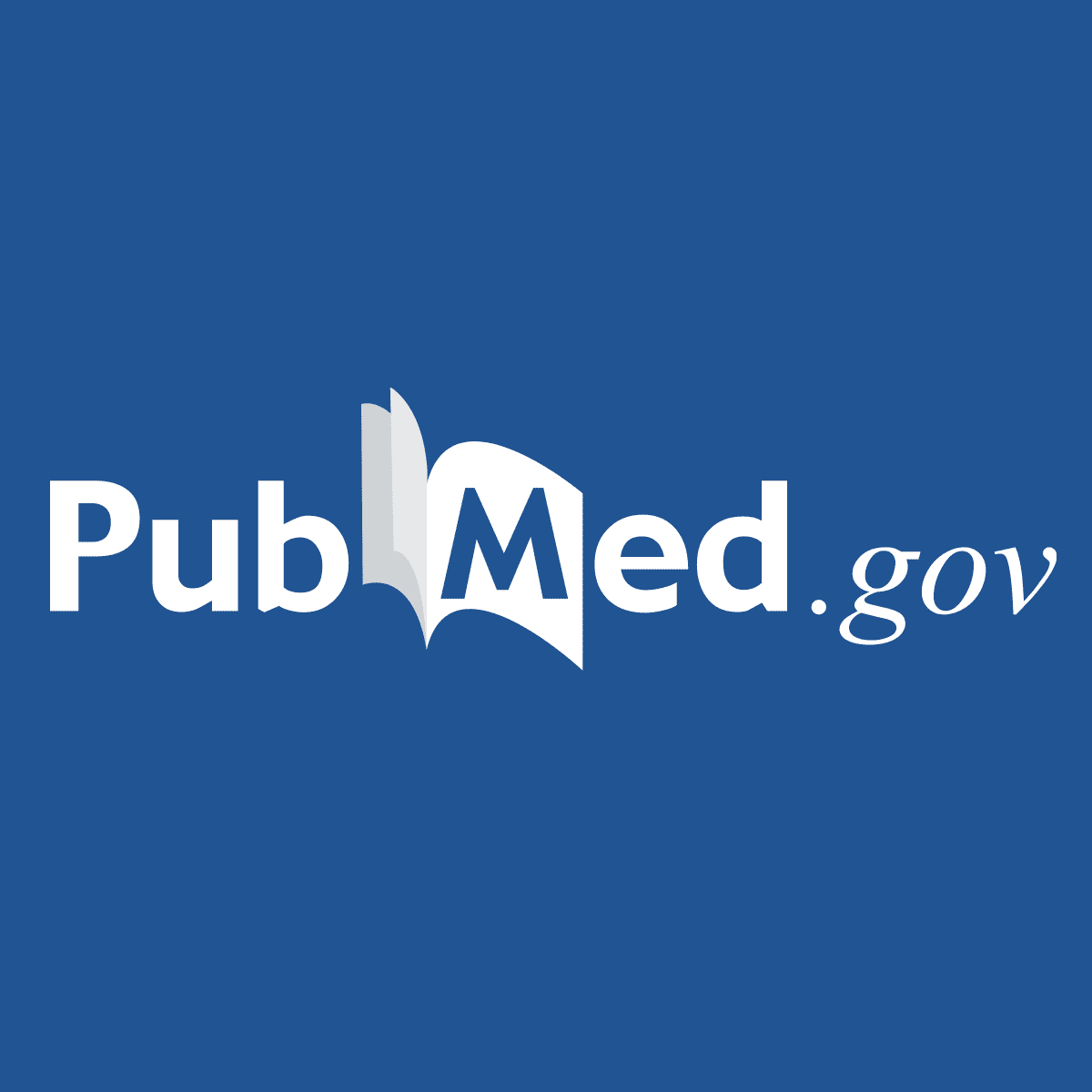messylttlfoodie
Member
Hi, I've been trying to get some advice on this issue a few times now and no luck yet, so let me try this again.
Today I saw an NHS gynae specialist for what is suspected to be a fibroid growing from inside my uterus / cervix and protruding out from cervical canal. I thought it was a polyp but as it's hard like muscle not soft, she thinks it's a fibroid, that it looks very benign but she wants to do a hysteroscopy next.
She mentioned that I would be given a drug to "relax me" - I didn't manage to write down the name and can't remember but from my research I think she was talking about the likes of Cytotec or misoprostol to relax my cervix. She warned me that I may experience period like cramps after the insertion of the saline, and that I may want to take some ibuprofen or paracetamol 1 hour prior.
She also said that if it's too painful we can stop, that I can have a local anaesthetic or even be put under (I want to avoid anaesthesia though). She was honestly great, I felt very reassured and very lucky after having read some horror stories on how women are treated sometimes when it comes to gynaecological issues and pain management.
One thing I'll say is that when she examined me today, and grabbed the fibroid and asked me if I felt any pain, I didn't feel a thing, I didn't even feel her grab it, it was weird.
Now, I just came across some info @haidut posted about vitamin D preventing and even reversing uterine fibroids, along with Progesterone.
I'm just playing around with different ideas now and want to see what options I might have. Thing is, this fibroid - if it is in fact a fibroid - isn't just sitting inside my uterine walls like the images I've come across, it's growing and protruding from inside my cervix, has a smooth and deep red/purplish appearance, and is changing position throughout my cycle ie protruding more after ovulation and then retracting after my period.
My last two periods since I noticed this growth have been super heavy to the point of near fainting (anemia?) and spotting, bleeding and unpleasant discharge between periods - really not fun. Other than that I have no other symptoms.
So I have a few questions bouncing around in my head:
1) Should I go ahead with the hysteroscopy
2) What should I expect, has anyone here had one and what was your experience (especially on the NHS / in UK)
3) Thoughts on the cervix relaxing drugs I mentioned? Painkillers?
4) Vitamin D supplementation?
5) Progest-E
6) Should I get a full blood test to check my levels before supplementing those?
7) Any other advice?
My main concerns are basically pain of the procedure, medications and treatments offered by them and alternative treatments I might consider.
Hope someone can help
Today I saw an NHS gynae specialist for what is suspected to be a fibroid growing from inside my uterus / cervix and protruding out from cervical canal. I thought it was a polyp but as it's hard like muscle not soft, she thinks it's a fibroid, that it looks very benign but she wants to do a hysteroscopy next.
She mentioned that I would be given a drug to "relax me" - I didn't manage to write down the name and can't remember but from my research I think she was talking about the likes of Cytotec or misoprostol to relax my cervix. She warned me that I may experience period like cramps after the insertion of the saline, and that I may want to take some ibuprofen or paracetamol 1 hour prior.
She also said that if it's too painful we can stop, that I can have a local anaesthetic or even be put under (I want to avoid anaesthesia though). She was honestly great, I felt very reassured and very lucky after having read some horror stories on how women are treated sometimes when it comes to gynaecological issues and pain management.
One thing I'll say is that when she examined me today, and grabbed the fibroid and asked me if I felt any pain, I didn't feel a thing, I didn't even feel her grab it, it was weird.
Now, I just came across some info @haidut posted about vitamin D preventing and even reversing uterine fibroids, along with Progesterone.
I'm just playing around with different ideas now and want to see what options I might have. Thing is, this fibroid - if it is in fact a fibroid - isn't just sitting inside my uterine walls like the images I've come across, it's growing and protruding from inside my cervix, has a smooth and deep red/purplish appearance, and is changing position throughout my cycle ie protruding more after ovulation and then retracting after my period.
My last two periods since I noticed this growth have been super heavy to the point of near fainting (anemia?) and spotting, bleeding and unpleasant discharge between periods - really not fun. Other than that I have no other symptoms.
So I have a few questions bouncing around in my head:
1) Should I go ahead with the hysteroscopy
2) What should I expect, has anyone here had one and what was your experience (especially on the NHS / in UK)
3) Thoughts on the cervix relaxing drugs I mentioned? Painkillers?
4) Vitamin D supplementation?
5) Progest-E
6) Should I get a full blood test to check my levels before supplementing those?
7) Any other advice?
My main concerns are basically pain of the procedure, medications and treatments offered by them and alternative treatments I might consider.
Hope someone can help


